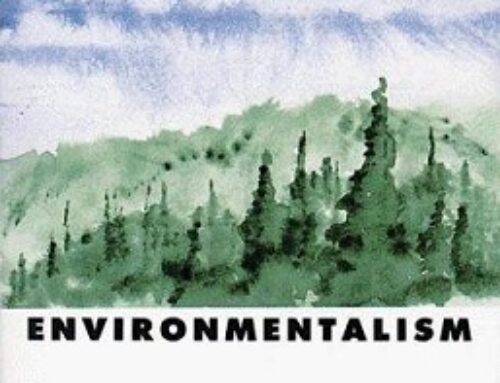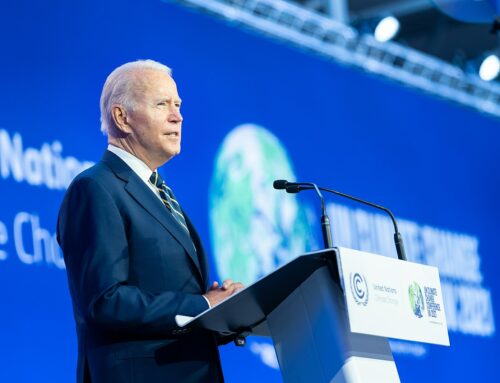by Greg Walcher, E&E Legal Senior Policy Fellow
As appearing in the Daily Sentinel
When Congress created the U.S. Forest Service in 1905, it had several clear purposes. Part of the role of national forests was to provide timber and other forest products the country needed, and part of it was to ensure a steady flow of clean water from healthy forests. But the main purpose was to preserve and protect these areas forever, as lands that belong to the public — not to lumber or mining companies, or other private interests. Similarly, when the National Park Service was established in 1916, its mission was “to conserve the scenery and the natural and historic objects and the wild life therein, and to provide for the enjoyment of the same in such manner and by such means as will leave them unimpaired for the enjoyment of future generations.”
The great conservation movement of the early 20th century is a proud part of American heritage, as some of the nation’s most beautiful places were protected, or saved, you might say, from homesteading and development. We have been saving them, again and again, ever since. Even the land nobody wanted to homestead, which the government literally couldn’t give away, was finally “saved” in 1976, when all the remaining public land was “reserved” by Congress forever, under control of the Bureau of Land Management. Additional protective status has been bestowed on some of these public lands over the years, including national monuments, wilderness areas, wildlife refuges, wild and scenic rivers, national conservation areas and several others.
Now another new category is proposed, something called “national historic landscape.” A strange title that begs the question: assuming all rocks and dirt are equally ancient, can one landscape can be much more historic than another? Anyway, pending legislation calling itself the “CORE Act” proposes that status for Camp Hale, the historic home of the 10th Mountain Division between Redcliff and Leadville. The acronym stands for the “Colorado Outdoor Recreation and Economy Act,” and its proponents’ website says it would “protect roughly 400,000 acres of public lands in Colorado, ensuring that future generations can always enjoy our state’s mountains, rivers, and wildlife.”






